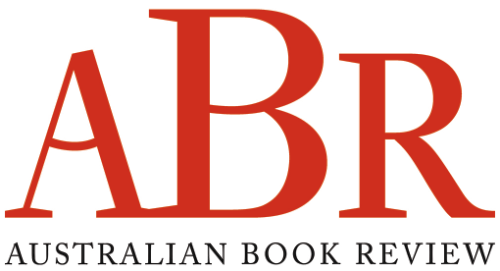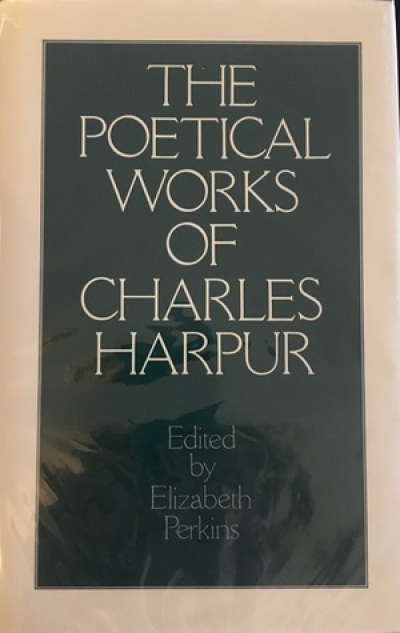Accessibility Tools
- Content scaling 100%
- Font size 100%
- Line height 100%
- Letter spacing 100%
Judith Wright
South of My Days: A Biography of Judith Wright by Veronica Brady
Anyone who has had the experience of trying to translate a poem across even a fairly low-density language barrier (say German or French into English) will have tasted the near despair of finding oneself in danger of killing that in the creature that one most wanted to save. Sometimes it feels like cutting down the tree and whittling from the wood a mere mock replica of it – the sap goes, the leaves in all their lively beauty disappear, and at best there’s an artifact which cleverly reproduces the mere outlines of what was once brimming with life.
... (read more)In his Canberra 1913–1950 Jim Gibbney summarises the indecisions which accompanied the establishment of a site for Canberra around the turn of the century. When finally, in December 1908, Yass-Canberra was decreed the Seat of Government, it brought to a close nearly two decades of hesitation – at least Australia knew where the Federal Capital was to be situated, if not what kind of city it was to be.
... (read more)These three books on Aboriginal European relations are a reminder that the process of rewriting the history of contact of Australian Aboriginals (or should one say Aboriginal Australians?) has come a long way since C.D. Rowley’s The Destruction of Aboriginal Society, the work which started it all twelve years ago. Each is important in its own way. Lyndall Ryan’s book (The Aboriginal Tasmanians, 315 p., $22.50) demolishes once and for all what the author calls ‘the myth of the last Tasmanian’: the still widely held belief that Tasmanian Aboriginals perished in 1876 when Truganini died in Hobart. Judith Wright’s work (The Cry For The Dead, OUP, 301 p., $19.95 hb), although essentially a story of the tragic struggle or the author’s squatter forbears, is one of the few attempts ever made to incorporate Aboriginal perspective into the history of pastoral expansion, to run the white and black ‘versions’ of events side by side. Henry Reynolds’s epoch-making book (The Other Side of the Frontier, Penguin, 255 p., $6.95 pb, first published in hardback by History Department, James Cook University, 216 p., $7.50 plus postage) documents and interprets’ some of the Aboriginal responses to European invasion and settlement during the nineteenth century. All three are well written, although The Cry for the Dead is at times a bit irritating and difficult to follow, largely because of the lack of appropriate maps. All attack traditional wisdom and are therefore inescapably political, dealing as they do with highly emotional issues which have aroused a great deal of passion ever since 1788.
... (read more)



